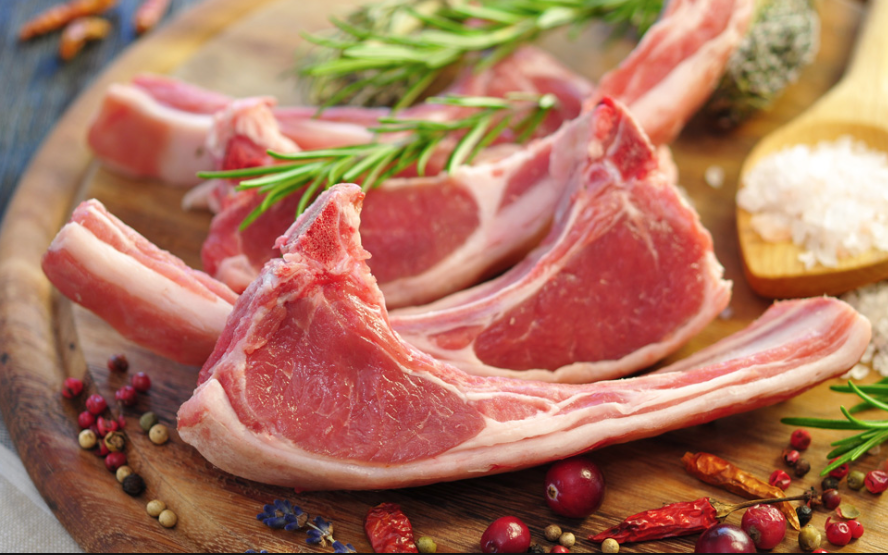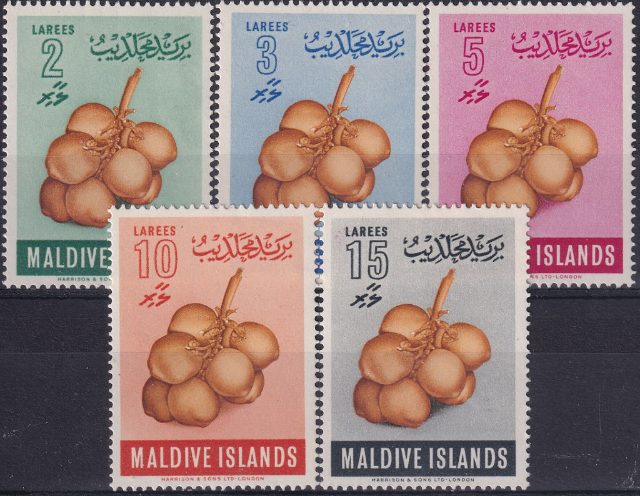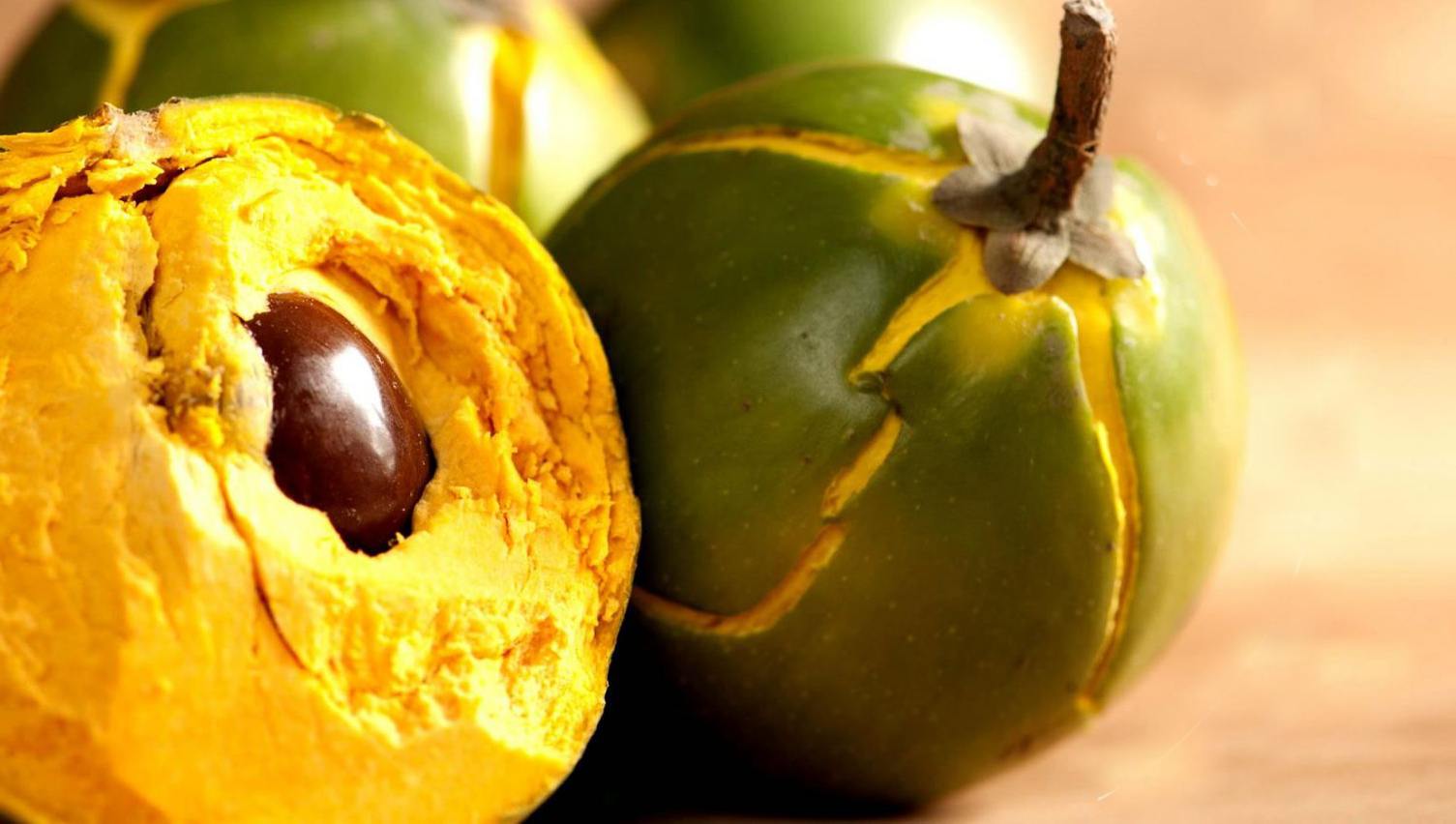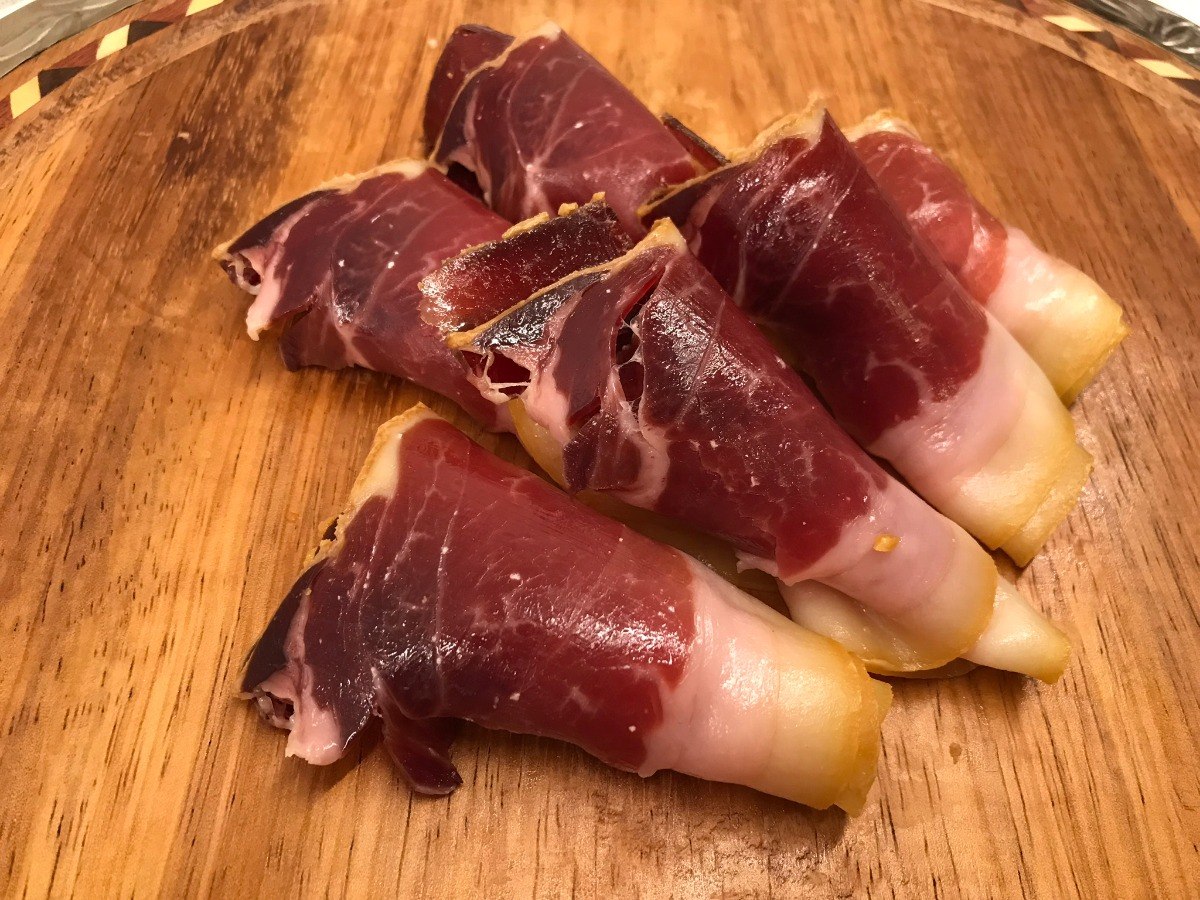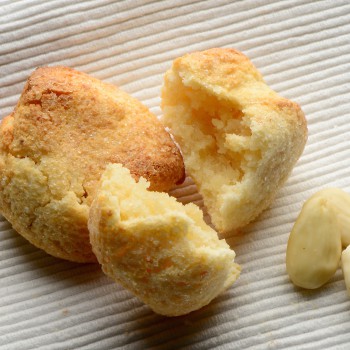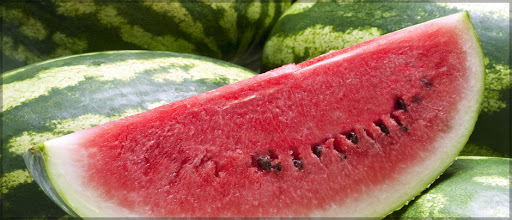The tradition of Abbacchio goes back to the ancient Romans, Juvenal wrote: "the tenderest of the flock, virgin of grass, more milk-filled than blood-filled."
As early as the 15th century, Campo Vaccino was the place where the market for Abbacchi, lambs, castrati and sheep was held.
The consumption of Abbacchi (maximum 6 months old) increased further in the period between Easter and June.
In the Roman countryside on the occasion of abbacchiatura (slaughtering) and carosa (shearing), shepherds used to feast on "pagliatella," i.e., the fattest meat of the abbacchio’s intestines cooked over charcoal, and pezzata or sponsata, i.e., sheep meat cut into pieces.
Abbacchio is the term used in Rome for young, suckling lamb, born and raised in the semi-wild state that can be of the Sarda, Comisana, Sopravissana, Massese or Merinizzata Italiana breed.
The lambs grow in natural pastures or in grasslands cultivated by the shepherd himself.
The meat of Abbacchio Romano has a light pink color and a sparse white fat cover, the texture is fine, the texture firm and slightly infiltrated with fat.
Abbacchio is characterized by a delicate flavor with aroma typical of a young and fresh meat.
